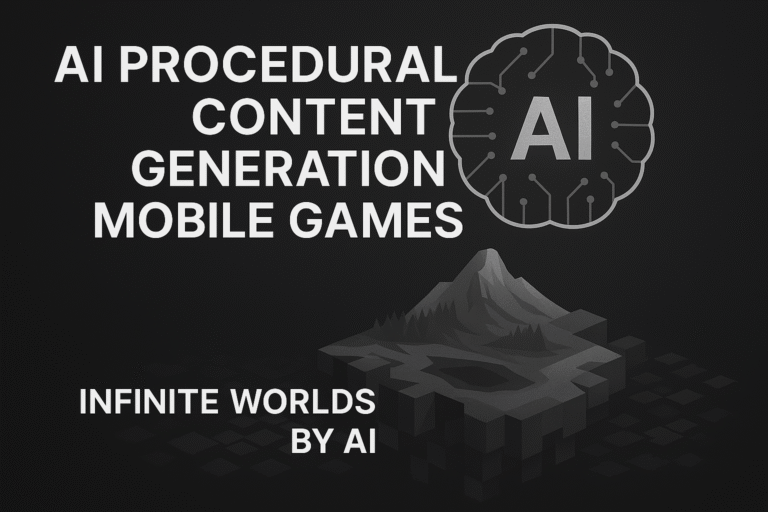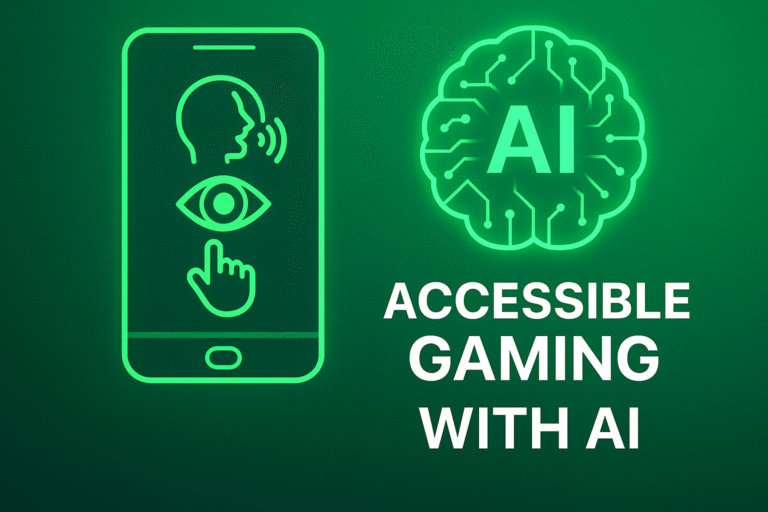
Experience the future of gaming where your brain is the controller—featuring a vibrant 7D gaming background, EEG visuals, and immersive neural overlays in this dynamic thumbnail.
Brainwave Gaming is the next frontier in immersive play, using EEG headsets to translate your neural signals into in-game actions. By tapping directly into brainwave patterns—Alpha for calm, Beta for focus—you’ll control avatars, trigger abilities, and even reshape environments with thought alone.
Table of Contents
- What Is Brainwave Gaming?
- How EEG Headsets Enable Mind-Control
- Breakthrough 1: Focus-Based Mechanics
- Breakthrough 2: Cognitive Immersion Loops
- Breakthrough 3: Adaptive Neural Difficulty
- Breakthrough 4: Mind-Powered UI & HUD
- Breakthrough 5: Multiplayer Neural Sync
- Breakthrough 6: Therapeutic & Training Uses
- Breakthrough 7: Future of Brainwave Gaming
- Conclusion
1. What Is Brainwave Gaming?
Brainwave Gaming blends neuroscience with interactive entertainment. Players don lightweight EEG headsets—like Emotiv or OpenBCI—and open a direct channel between cerebral activity and game engines. This fusion transforms thought into joystick, letting you cast spells, solve puzzles, or pilot vehicles with nothing but intention.
2. How EEG Headsets Enable Mind-Control
EEG headsets detect electrical potentials from cortical neurons via scalp electrodes. These unprocessed signals are amplified, cleaned of noise, and then analyzed using machine learning algorithms. Once calibrated, specific brainwave patterns trigger in-game commands:
- Alpha Waves (8–12 Hz): Calm or meditative focus
- Beta Waves (13–30 Hz): Concentration, problem solving
- Theta Waves (4–7 Hz): Creativity, memory recall
For a deep dive, check out iMotions’ guide on Neurogaming: Bridging Mind & Machine.
3. Breakthrough 1: Focus-Based Mechanics
Instead of button combos, Brainwave Gaming maps gameplay loops to your focus levels. Examples include:
- Mind-Racing: The car’s speed increases in sync with your brain’s Beta wave intensity.
- Puzzle Zones: Intricate locks unlock only when your Alpha wave stability surpasses a set limit
- Stealth Mode: Hold Theta dominance for prolonged periods to remain undetected.
This focus-based mechanic personalizes challenge, rewarding mental discipline.
4. Breakthrough 2: Cognitive Immersion Loops
Traditional immersion relies on audio-visual cues. Brainwave Gaming adds neural feedback loops: games adapt environmental elements—lighting, NPC dialogue pacing—based on your emotional state. Fear spikes can dim corridors; calm focus might unlock hidden lore passages.
5. Breakthrough 3: Adaptive Neural Difficulty
Dynamic difficulty isn’t new, but EEG-driven adaptation is. When frustration is detected (elevated Beta + erratic heart rate), difficulty scales down or offers in-game hints. On the flip side, signs of boredom activate more challenging enemies or timed challenges, ensuring continuous engagement
6. Breakthrough 4: Mind-Powered UI & HUD
Imagine selecting weapons with a glance and a thought. Brainwave Gaming uses gaze tracking plus EEG to:
- Highlight inventory items when your focus lingers
- Auto-navigate menus by projecting mental intent
- Layer HUD elements only when needed, reducing screen clutter
This minimalistic, thought-activated UI feels magical and intuitive.
7. Breakthrough 5: Multiplayer Neural Sync
In co-op modes, synchronized brainwave data among teammates fosters telepathic coordination. Imagine activating a shared shield by aligning group Alpha waves or launching a combo attack when all players hit a focus peak simultaneously.
8. Breakthrough 6: Therapeutic & Training Uses
Beyond entertainment, Brainwave Gaming serves:
- Neurorehabilitation: Stroke survivors practice motor imagery tasks with real-time feedback.
- Stress Management: Guided gameplay lowers anxiety, measured by decreasing Beta power.
- Cognitive Training: Memory puzzles adapt difficulty to challenge but not overwhelm, boosting retention.
9. Breakthrough 7: Future of Brainwave Gaming
As BCI tech miniaturizes and AI signal processing advances, expect:
- Implantable BCIs: Ultra-low-latency neural interfaces for full sensory immersion.
- Cross-Platform Neuroplay: Seamless transition between console, PC, and AR/VR with brainwave profiles.
- Emotional Resonance Engines: Games that compose adaptive soundtracks reflecting your mood in real time.
10. Conclusion
Brainwave Gaming promises a powerful leap: thought-driven worlds where your mind crafts the experience. By merging EEG headsets with AI-powered adaptability, these 7 breakthroughs aren’t fantasy—they’re on the horizon of our next gaming revolution.
“In brainwave-powered gaming, your mind becomes the ultimate controller.



